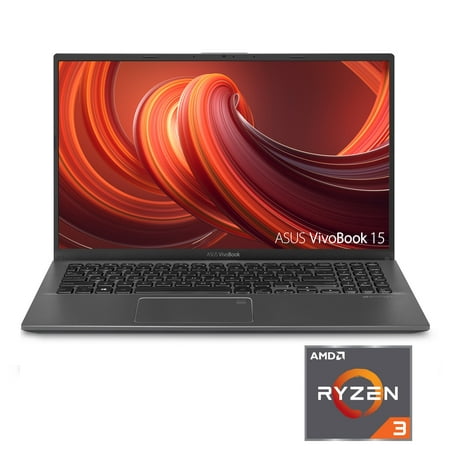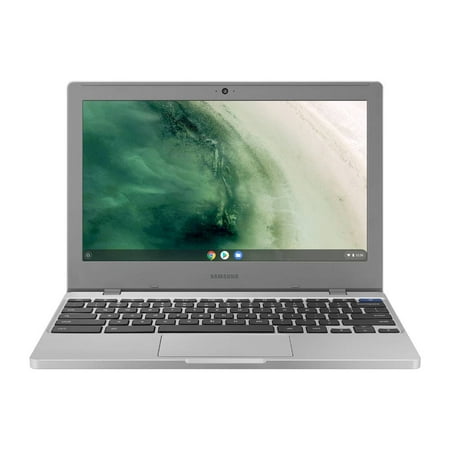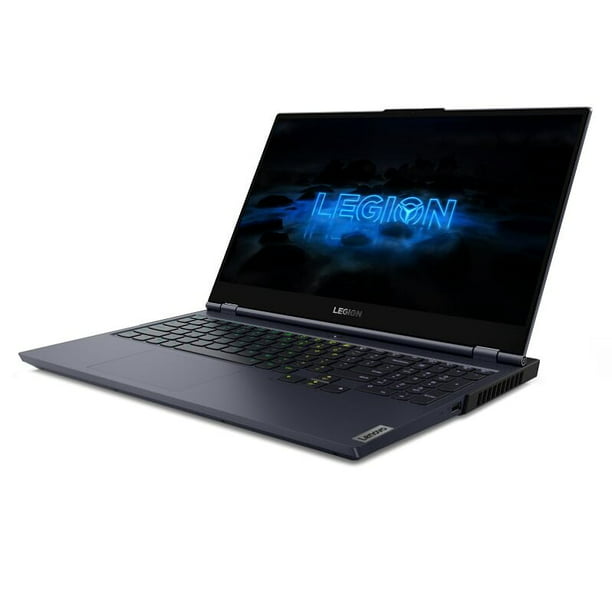HP 14″ Stream Laptop Intel 4GB RAM 64GB eMMC with Microsoft 365
14″ Full HD 1920 X 1080 WLED-Backlit deliver darker blacks and colors that pop for vivid graphics and video, perfect for games, movies, and photos. Powerful Intel Celeron N3060 Processor Faster than ever, the Intel Celeron N3060 Processor delivers striking visuals, extended battery life, and higher data transfer rates.
Equipped with speedy 802.11ac Wi-Fi, the HP Stream is ready to get you online — after all, there are plenty of videos to watch and status updates to post. And with one year of Microsoft Office 365 Personal, those productive programs you need — like Word, Excel, Access, and PowerPoint — are within reach. From HP.
The bundled voucher included with your purchase has some sweet customizable offers! You’ll have the opportunity to create your own personalized laptop sleeve to help protect your new computer AND you’ll get a code to customize an adjustable face covering.
- Includes Stream 14-cb185nr laptop with power adapter; and voucher
- Windows 10 Home S operating system
- 1.1GHz Intel Celeron N4000 dual-core processor with 4MB cache, up to 2.6GHz with burst frequency
- 14″ diagonal WLED-backlit HD BrightView display with 1366×768 resolution
- 4GB DDR4 SDRAM
- 64GB eMMC flash memory
- 802.11b/g/n/ac Wi-Fi
- Bluetooth 4.2 wireless technology
- Intel UHD Graphics 600
- HD audio with stereo speakers
- HP webcam with integrated digital microphone
- Full-sized island-style keyboard
- HP Imagepad with multi-touch gesture support
- 1-year Microsoft Office 365 Personal subscription
- Three-cell lithium-ion battery
- SD memory card slot
- Two USB 3.1 ports
- USB 2.0 port
- HDMI port
- Headphone/microphone combo jack
- Kensington security slot
- Measures 13.27″W x 8.90″D x 0.70″H; weighs 3.17 lbs
- UL listed adapter; 1-year Limited Manufacturer’s Warranty
- Imported
Additional information
| Brand | hp |
|---|---|
| Operating System | Windows 10 |
| CPU Manufacturer | Intel |
| Standing screen display size | 14 Inches |
| Computer Memory Size | 4 GB |






by Alex
I love this computer! It’s everything that I would expect an HP to be.
by Harry
absolutely love love love!!!! the size is perfect, and it’s so light weight.
by George
Was on fence but this laptop grew on me. Like how slim and light it is and wireless connectivity is problem free. I can sit in my cozy EZ chair while watching TV or lounge chair in backyard to check my emails and browse websites. I work remote at my home office using my work iThings and my faster HP Touchscreen workstation but I use this as an easy portable option when not at my home office. No need to buy a mouse for this which is another plus.